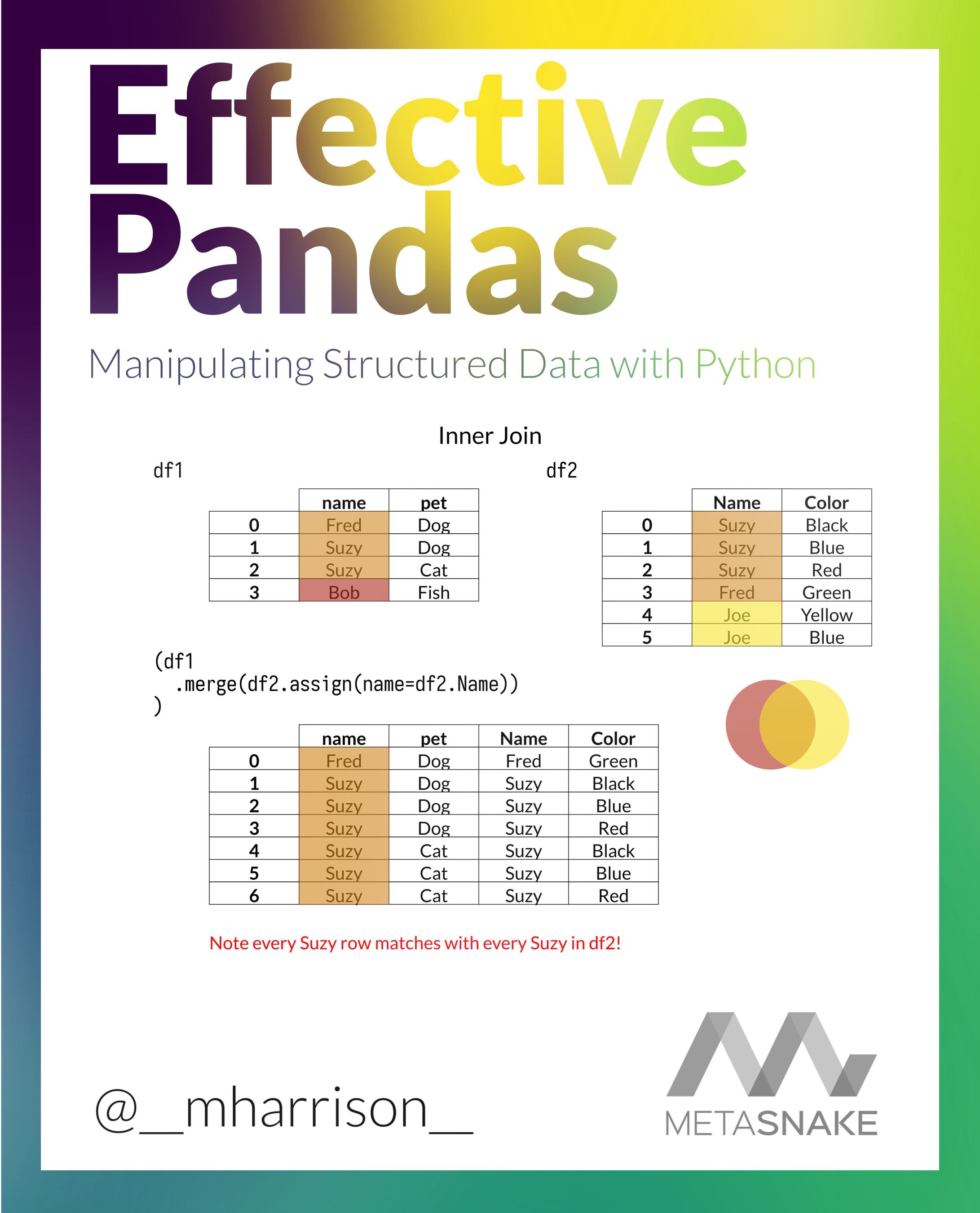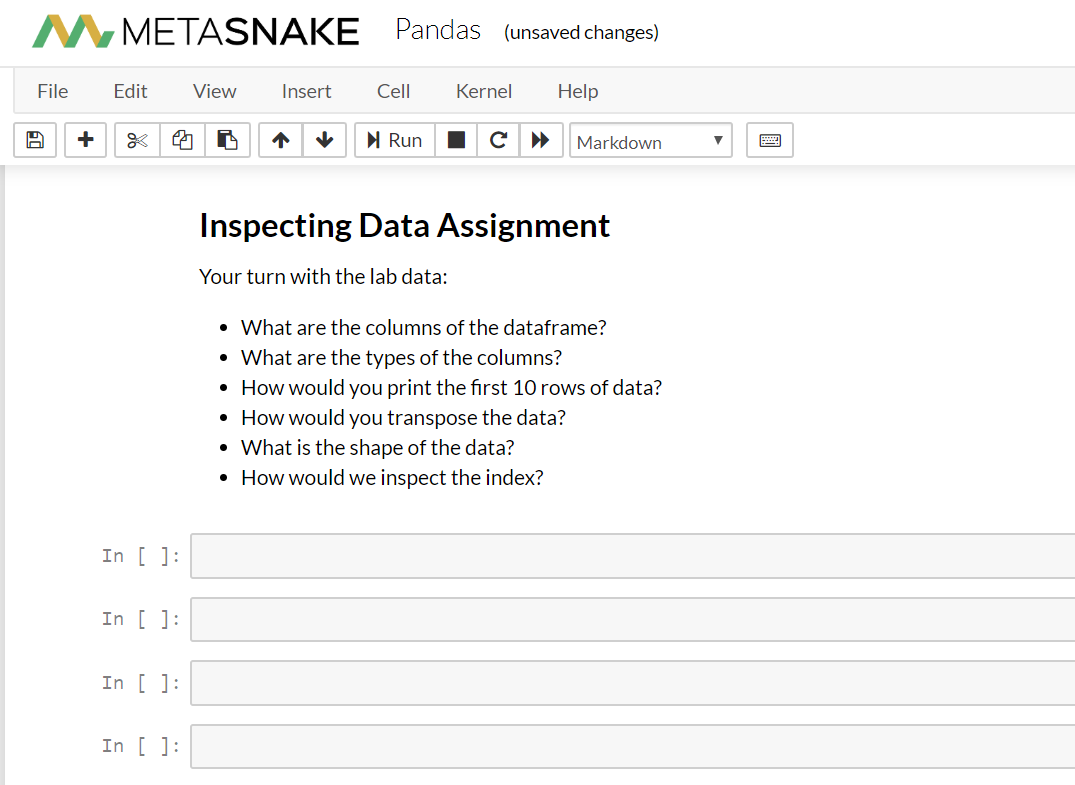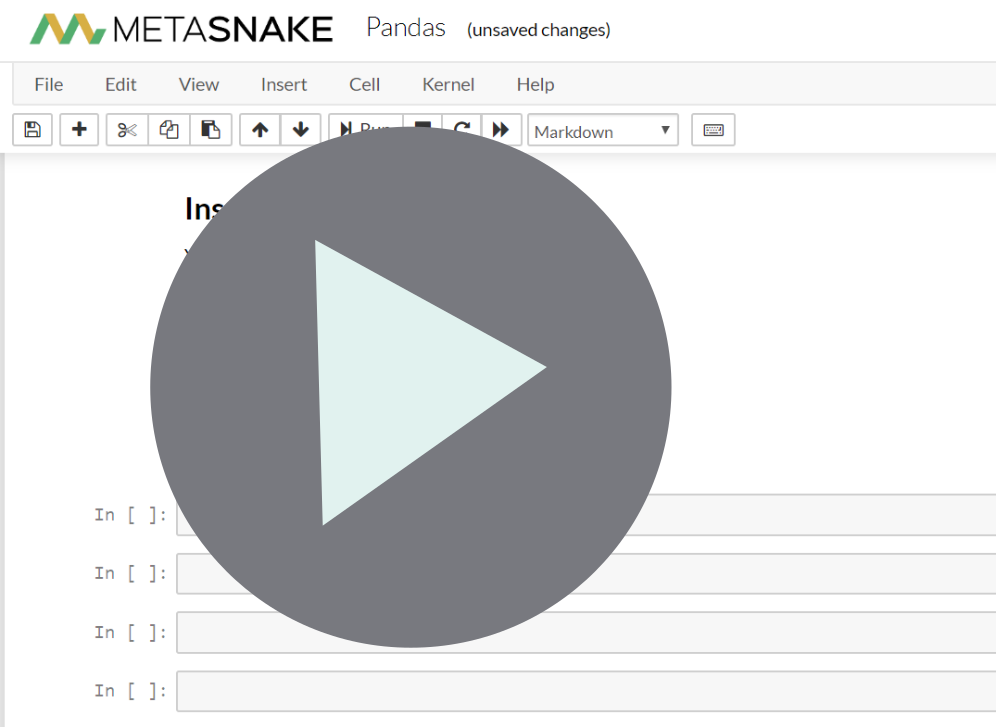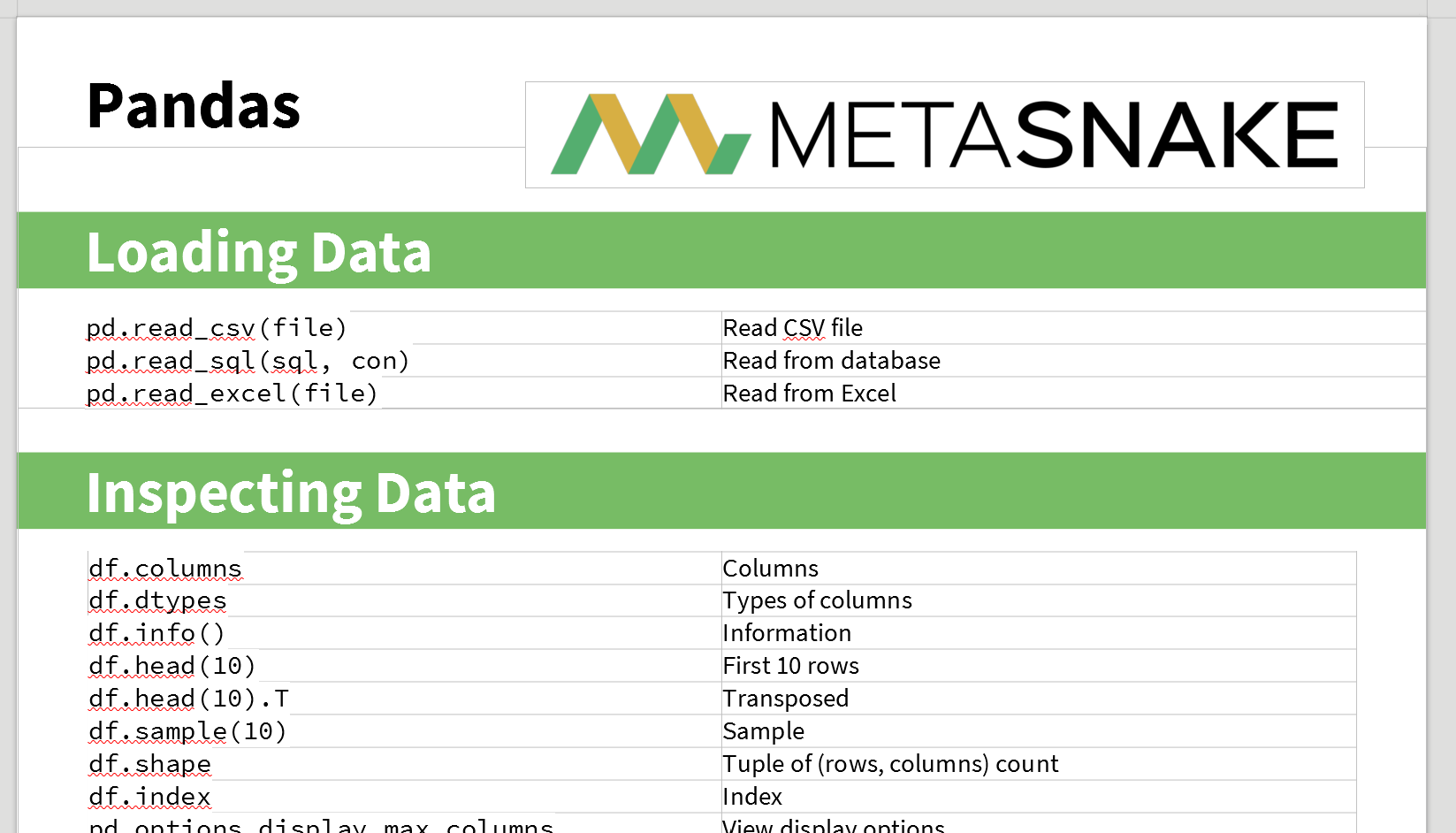Why Learn with Effective Pandas?
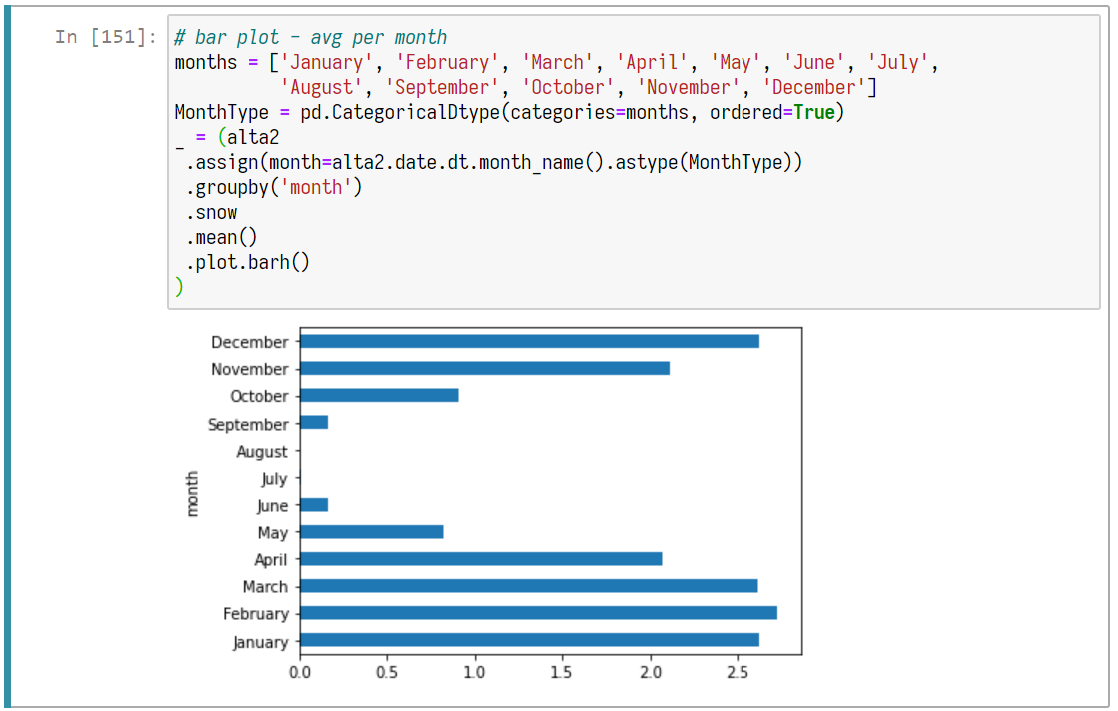
Your time is valuable, and I don't want to waste it. This material packs my findings after using Pandas in production, writing a few books about Pandas, and teaching Pandas to thousands through live and virtual trainings.
- Teaches you rules to avoid common errors
- Learn best practices
- Understand where confusing constructs come from and how to use them
- Grok boolean arrays
- Master slicing data
- Write code that you can write
- Write code that you can debug
- Write code that you can deploy
